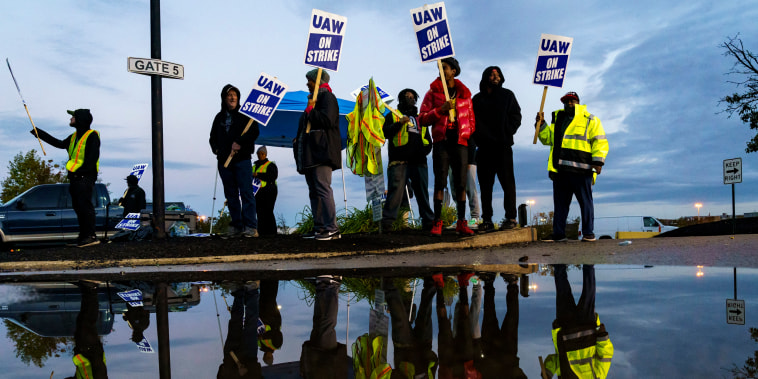As automobile manufacturing companies continue to try to stay competitive globally, recorded high wage increases for their workers in recent months have been offered throughout the industry. Despite these positive figures, auto workers are sometimes hesitant to get on board with the changes, noting the long-term financial risk of settling for what may be a solid short-term salary.
Recently, Ford Motor Company announced wage increases of up to 8% for its unionized U.S. employees, along with a host of other changes. Other automakers, such as GM, Fiat Chrysler, and the Japanese-owned Honda, have proposed similar packages with comparable wage raises. Despite these substantial offers, many workers are hesitant to sign on for even longer contracts.
At the core of this issue lies a major unknown: The 2021 market. With the current volatility of the economy, workers fear that their long-term wage increase may be small by comparison to the inflation and market changes that may take place.
The disparity between the wages that the companies propose and what the workers want is an ongoing conflict. Some union officials have noted that workers simply feel undervalued for the industry, and that they want more of a return of investment for the future.
“For us to give away a four-year agreement like this is a big step for us,” said United Automobile Workers Leader Gary Jones while making the auto workers’ final proposal. “We think it’s important to have job protections and a secure retirement for our people.”
In light of the current market, it is difficult to properly gauge the financial success of these offers and how they will affect the workers’ long-term outlook. There is both hope and hesitation on both sides of the negotiation.
The industry as a whole has largely seen positive impacts from the substantial wage increases, with higher morale and improved wages going into the future. However, the workers are not willing to take the offer at face value, and they are still demanding better protections as they move forward.
As a result, the negotiations continue, and both parties hope to find a middle ground beneficial to both the companies and the employees. Although the proposed contract improvements are substantial, the future of the industry remains a matter of waiting and seeing.

